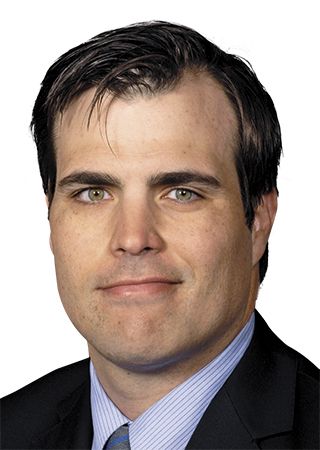Article
Patient selection, key steps for robotic simple prostatectomy
Author(s):
In this video, Stephen Summers, MD, and Ross Anderson, MD, introduce several techniques for treating large prostates with a robot-assisted simple prostatectomy.
This video, along with videos fromMichael Lao, MD, Jacob A. Baber, MD, and Joseph R. Wagner, MD; and Nicholas R. Rocco, MD, and Michael G. Santomauro, MD; illustrate a robotic solution to the complex problem of very large prostate glands causing severe lower urinary tract symptoms. Although many approaches have been employed to treat men with glands over 100 grams, such as serial transurethral resections, holmium laser enucleation, holmium laser ablation, and open simple prostatectomy, the widespread adoption of and comfort with robotic surgery among urologists makes the robotic simple prostatectomy an attractive option. Here, the authors illustrate the finer points of this surgery and demonstrate how to achieve optimal outcomes.
Commentary on the videos is provided by
Stephen Summers, MD,
assistant professor of surgery (urology), University of Utah, and
'Y'tube Section Editor James M. Hotaling, MD, MS,
assistant professor of surgery (urology) at the Center for Reconstructive Urology and Men's Health, University of Utah, Salt Lake City. Men with prostate glands >80-100 grams pose a unique challenge to urologists. Traditionally these men were treated with an open simple prostatectomy, but this operation has several risks and many urologists are reluctant to perform the procedure. Urologists are more facile with robotic procedures, and this video introduces several techniques for treating large prostates with a robot-assisted simple prostatectomy. Patient selection, key steps of the operation, and troubleshooting potential complications are reviewed.
Dr. Hotaling: This group uses a methodical and systematic approach to remove the adenoma. They initially release any adhesions and then develop the cystotomy site, open the bladder, and identify the ureteral orifices. Next, they perform the posterior plane dissection and extend this laterally to locate the apex and “shoulders” of the ademoma. Once removed, they obtain hemostasis and close. They do not place a double J ureteral stent but do temporarily catheterize the ureteral orifices to confirm the location of the orifices. The main advantage of their technique is the excellent visualization it affords for the procedure.

Stephen Summers, MD

Ross Anderson, MD
Dr. Summers is assistant professor of urology and Dr. Anderson is a urology resident at the University of Utah School of Medicine, Salt Lake City.

'Y'tube Section Editor James M. Hotaling, MD, MS, is assistant professor of surgery (urology) at the Center for Reconstructive Urology and Men's Health, University of Utah, Salt Lake City.







